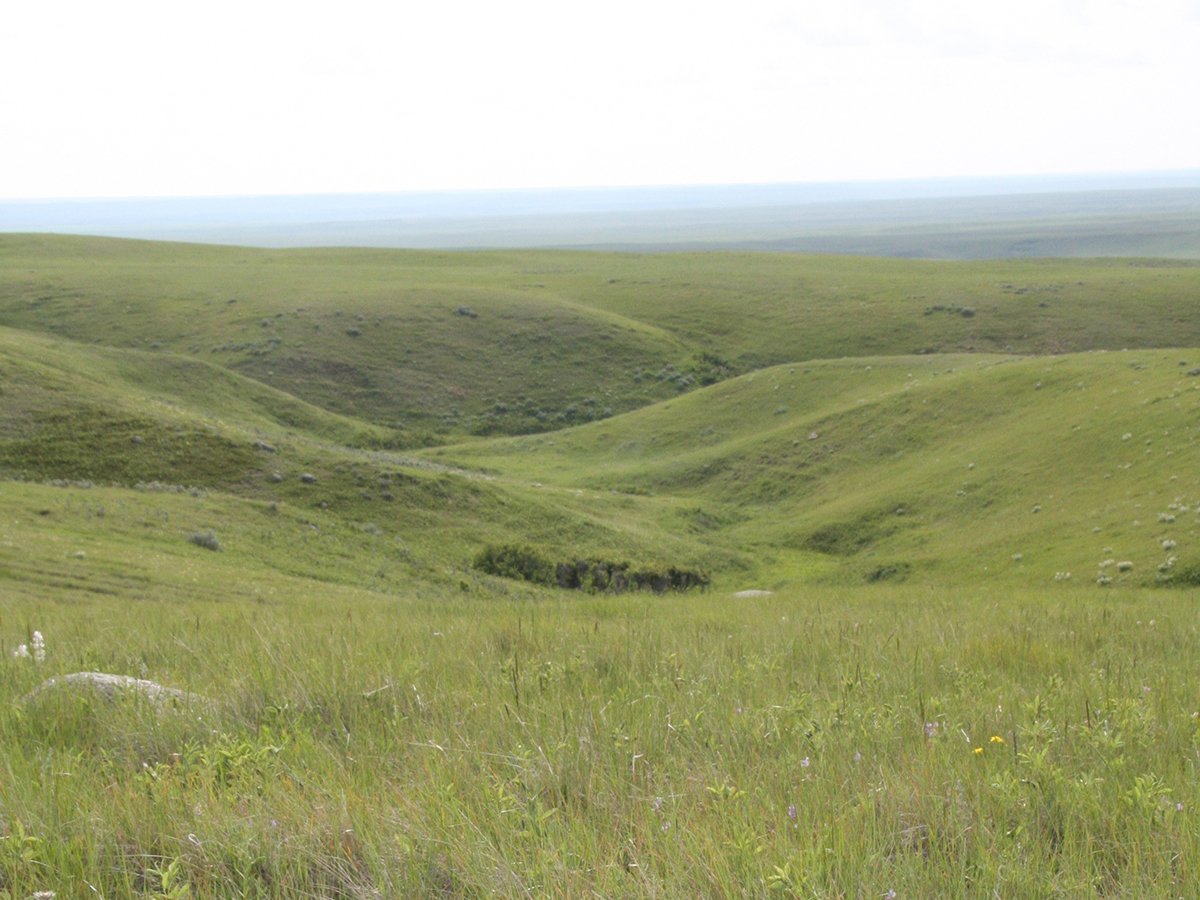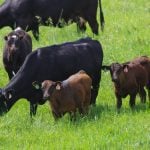REGINA – After working with every type of show animal presented in the ring, professional fitter and groomer Amanda Thomas found herself falling in love with Speckle Park cattle.
In her line of work she sees nearly every breed of cattle to walk before a judge. She has polished hoofs, horns and hides, but when she met the Speckle Park several years ago her head was turned.
“Nobody knows what they are because they are a developing breed,” she said during a break between shows at Canadian Western Agribition in Regina.
Read Also

Alberta irrigation project on grasslands approved
Environmental concerns raised by Alberta conservation groups over irrigation expansion project within rural municipality
The new breed developed in Saskatchewan is gaining more recognition. A Speckle Park steer won the Sterling Silver carcass competition at last summer’s Calgary Stampede. Thomas dreams of the day this moderate framed breed proves its worth at more events of this type.
“Their strength is a meat animal,” she said.
Thomas, who lives near Ardrossan, Alta., has raised other types of cattle but prefers the docile Speckle Park. They are easy to halter break, making this a good selling point for those who want to buy some cattle but are unsure how to handle them.
She first saw these cattle at Edmonton’s Farmfair. She has since started her own small herd and has found there are a good number of bulls available for outcrossing.
Thomas said the cattle often appear at small town fairs where breeders can expose them more readily to commercial producers looking for a moderate-sized, quiet animal that has meat that marbles well.
There are crossbreds available that many young people have purchased as prospect steers.
The breed origins go back to a crossing of Angus, Shorthorn and a rare breed called British White. The result is an animal with a black and white speckled hide. The pattern is unpredictable and some are actually born white, but these cannot be registered.
Mary Lindsay started the crossbreeding program in Saskatchewan in 1937 because she liked cattle with some colour.
A Speckle Park breeders association was formed in 1985 with nine herds and eight years later, the Canadian government recognized it as a developing breed.
The Canadian Speckle Park Association was formed in 1995.

















